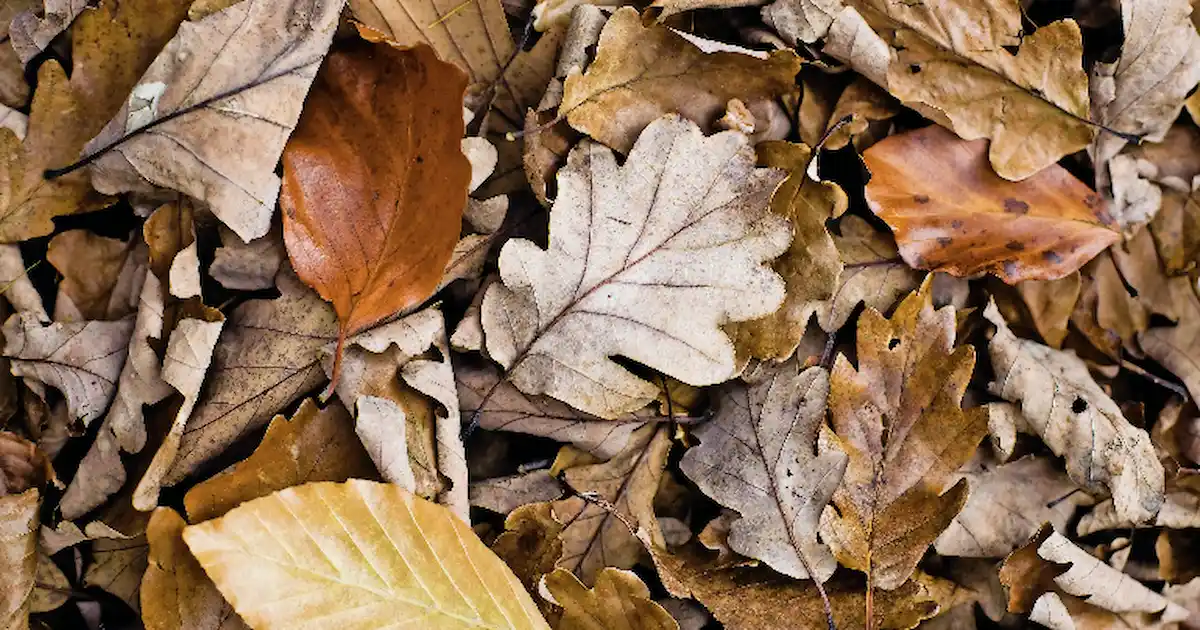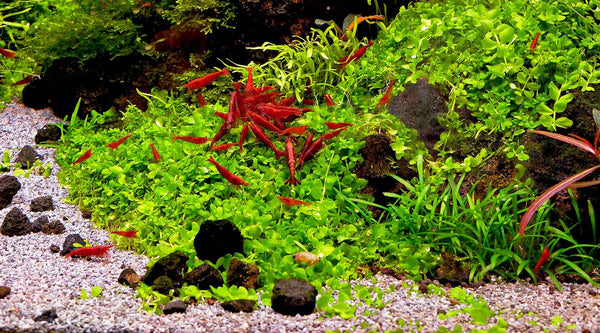Hi Folks,
In one of my tanks, I need to lower the water pH to around 6.5, i.e. slightly acidic. The current pH of this tank is 7.54 and alkalinity/carbonate hardness is 3.0 dKH. I'm wondering about using peat, something I've never done before. Can anyone suggest a suitable product? I would need to add the peat to a small internal filter. The tank is only 15 litres. CO2 injection is not currently used on this tank. To what extent does the peat colour the water? I realize that it's difficult to quantify this but any guidance is better than nothing. Anything else I should know?
Thanks in advance.
JPC
In one of my tanks, I need to lower the water pH to around 6.5, i.e. slightly acidic. The current pH of this tank is 7.54 and alkalinity/carbonate hardness is 3.0 dKH. I'm wondering about using peat, something I've never done before. Can anyone suggest a suitable product? I would need to add the peat to a small internal filter. The tank is only 15 litres. CO2 injection is not currently used on this tank. To what extent does the peat colour the water? I realize that it's difficult to quantify this but any guidance is better than nothing. Anything else I should know?
Thanks in advance.
JPC




